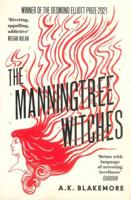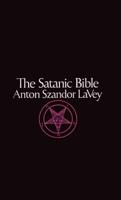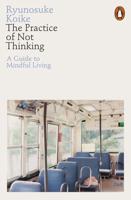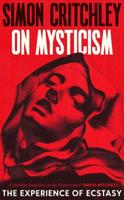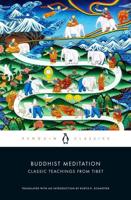Publisher's Synopsis
Towards the end of John Robison's life, he became an enthusiastic conspiracy theorist, publishing Proofs of a Conspiracy ... in 1797, alleging clandestine intrigue by the Illuminati and Freemasons (the work's full title was Proofs of a Conspiracy against all the Religions and Governments of Europe, carried on in the secret meetings of Freemasons, Illuminati and Reading Societies). The secret agent monk, Alexander Horn provided much of the material for Robison's allegations. French priest Abbe Barruel independently developed similar views that the Illuminati had infiltrated Continental Freemasonry, leading to the excesses of the French Revolution. Modern conspiracy theorists, such as Nesta Webster and William Guy Carr, believe the methods of the Illuminati as described in Proofs of a Conspiracy were copied by radical groups throughout the 19th and 20th centuries in their subversion of benign organizations. Spiritual Counterfeits Project editor Tal Brooke has compared the views of Proofs of a Conspiracy with those found in Carroll Quigley's Tragedy and Hope (Macmillan, 1966). Brooke suggests that the New World Order, which Robison believed Adam Weishaupt (founder of the Illuminati) had in part accomplished through the infiltration of Freemasonry, will now be completed by those holding sway over the international banking system (e.g., by means of the Rothschilds' banks, the U.S. Federal Reserve, the International Monetary Fund, and the World Bank)"

